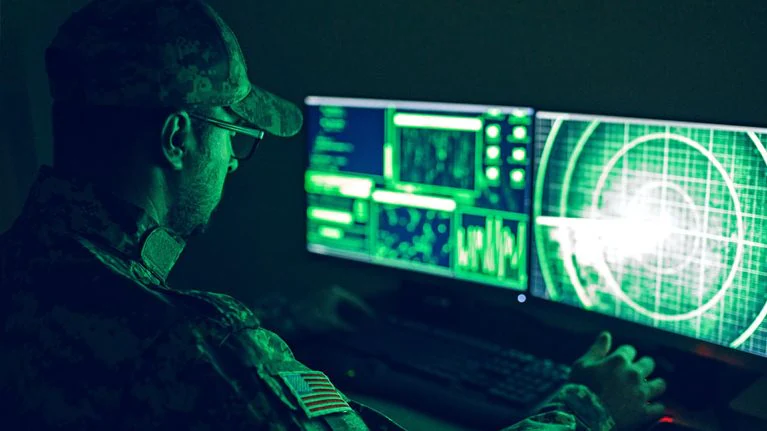
Key Points:
- The rise of technology startups is disrupting the traditional defense industry, driven by the global arms race and the rapid pace of technological innovation.
- These companies are developing cutting-edge technologies, often surpassing the capabilities of established defense contractors and challenging the status quo.
- The Defense Department must adapt to a faster pace of technological change and embrace a more dynamic and diverse supplier base to fully capitalize on these disruptive technologies’ potential.
How Startups Are Reshaping the U.S. Military-Industrial Complex
A new wave of technology companies, fueled by a global arms race and the rapid pace of innovation, is disrupting the traditional landscape of defense contractors. This shift, driven by artificial intelligence, autonomy, cyber capabilities, and space technologies, injects fresh ideas and disrupts decades-old industry practices.
The Rise of the Disruptors
A confluence of factors, including the escalating rivalry with China, the ongoing war in Ukraine, and the increasing demand for agile and adaptable defense technologies, has created an environment ripe for disruption. This has led to a surge of investment in innovative startups developing dual-use technologies that have applications in both the commercial and defense sectors.
Companies like Anduril Industries, Palantir Technologies, and SpaceX are leading the charge, alongside a growing number of emerging players like Applied Intuition, Capella Space, Epirus, Scale AI, and Shield AI. These companies are leveraging their expertise in software, data analytics, and cutting-edge technologies to address critical defense needs, often exceeding the capabilities of established defense giants.
Challenging the Status Quo
The Pentagon has recognized this issue, emphasizing the need for a more diverse and dynamic supplier base. This shift is evident in the increasing number of contracts awarded to smaller, innovative companies. The U.S. Air Force, for example, selected Anduril and General Atomics to develop collaborative combat aircraft, marking a significant departure from relying solely on established defense giants.
The Power of Software and Data
The power of software and data analytics drives the new wave of defense innovation. These companies are developing advanced algorithms, artificial intelligence systems, and data-driven platforms to enhance battlefield situational awareness, streamline decision-making, and optimize operations.
Jason Brown, general manager of Applied Intuition Defense, emphasizes the transformative power of software in modern warfare: “Software and data are now, really, the weapons that matter most. Many people don’t consider them weapons, but I think that’s shortsighted.”
Navigating the Future
While the emergence of these startups presents a promising opportunity for modernization and innovation in the defense industry, it also poses significant challenges. The Defense Department must adapt to a faster pace of technological change and develop acquisition processes that can efficiently integrate these technologies.
General James Rainey, head of Army Futures Command, acknowledges the need for a change in mindset: “I don’t, personally, think we have a technology problem. I think we have a tech-adoption problem.” The Pentagon must embrace agility, streamline bureaucracy, and foster collaboration with private industry to realize this new wave of innovation’s potential fully.
